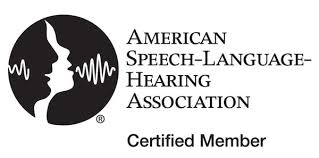
To use in your report, highlight text first then:
COPY
WINDOWS: Ctrl + C
MAC: Command + C
PASTE with no Formatting
WINDOWS: Ctrl + Shift + V
MAC: Shift + Option + Command + V
PASTE with Formatting
WINDOWS: Ctrl + V
MAC: Command + V
**Use for templates with tables**
Montgomery Assessment of Vocabulary Acquisition (MAVA)
The Montgomery Assessment of Vocabulary Acquisition (MAVA) is a standardized assessment designed to measure the development of children’s oral language by assessing listening and speaking vocabulary across three word tiers which are described below:
Tier 1 (Words are the most basic words. They are early reading words, sight words, nouns, verbs and adjectives that students learn to identify or decode with instruction. They learn to read them-identify them in print form-because the already use them in their speaking.) Examples include: boy, fence, chicken, green, fancy, and running.
Tier 2 (Words are the high frequency words that are found in many domains. They play a large role in our speaking and reading vocabulary. These words often represent multiple meanings and subtle nuances. In addition, they typically “add productivity to an individual’s language ability” (Beck, et al, 2002). Tier 2 words are the important ones to directly teach to students because they are assumed to be known as students’ progress through school.) Examples include: masterpiece, preference, fortuitous, glean, and measure.
Tier 3 (Words are those related to specific domains and have low frequency of use. Domains might include subject areas in school, hobbies, geographic regions, technology, weather, etc.) Examples include: ukulele, genome, crepe, and cornice.
|
The responses to both the receptive and expressive raw scores yield a standard score where 100 is mean and 85-115 is considered within average range when compared to children of similar chronological age. |
|||||
| Tier 1 | Tier 2 | Tier 3 | Standard Score | Percentile | |
|
Receptive Score Summary |
% | % | % | ||
|
Expressive Score Summary |
% | % | % | ||
Receptive: Examples of words understood include:
Expressive: Examples of words used include:





